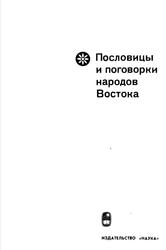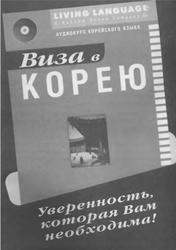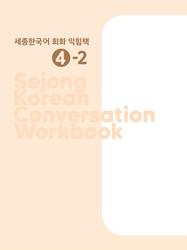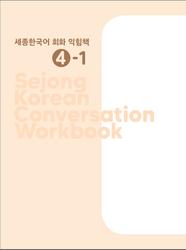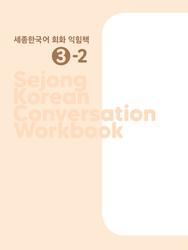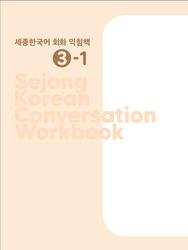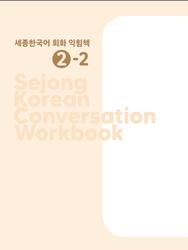Sejong korean conversation workbook 2-1, 2020.
Фрагмент из книги.
‘이나/나’ and ‘-거나’ connects two or more nouns, actions, or states to indicate the possibility of choosing from among them. ‘이나/나’ is used after nouns, and ‘-거나’ is used after verbs and adjectives. For consonant-final nouns, ‘이나’ is used, while ‘나’ is used for vowel-final nouns. The form ‘-거나’ is used for all verbs and adjectives.

